
They may be, but are they thrilling, suspenseful, and able to take readers to the edge of their seat, the pages turning?
Maybe not.
That's why lately I've been color-coding my chapters based on this strategy:
- Red = Action
- Blue = Backstory/Story Building
- Green = Reversal
Action really keeps people turning pages, so the more the merrier, but you can't have it all the time. That's what backstory is for, but that gets pretty boring if you do too much.
So throw some reversals in, maybe a change of POV or a real bash over the head where everything the reader thought was true suddenly changes. Those are almost as good as action for keeping the reader interested, sometimes better.
When you do those things, perhaps color-coding your TOC, you can see where you might have problems. For many of my books I have a strong and then things quickly get bogged down in boring backstory and story building.
I'll need to figure out how to get more action in there, which is a lot easier now than after you've finished the book and realize there's a problem.
Hope this gives you some ideas!
You can read more about this in my post called Using Mousetraps to Write Your Thriller Novels.
Now, let’s look at some ideas that other authors have.
These mainly revolve around pacing, plotting, and the type of tone or voice you’re using.
One of the most important parts of the outlining process is plotting. Some authors like to wait and do this when they write. Either way, you’ll get lots of advice from authors that have had troubles and worked through them.
I’d like to add that the 3-Act Structure works very well. Try to understand that. When you do, you can start to try other things.
Focus on things life rising motion and increasing tension and suspense. Figure out how to add in hooks to pull your reader in, or ways to pull the rug out from under them at just the right moment.
When you do those things you’ll have a page-turner on your hands, one that readers will buy up in droves.
Ideas from Other Authors on Story-Building
Nailing that Beginning
I’ve got a question for you – Writers: Is Your Beginning Good Enough? Deb Vanasse had this post in July 2014 on Self Made Writer. The post is very short but offers a few tips on getting the beginning of your book where it needs to be. Might be just what you need.
Pacing Your Transitions Right
Pulse on Pacing: How Smooth Transitions Keep Your Story Moving was a July 2014 post by Angela Ackerman on Writers Helping Writers.
Mainly she talks about movement and transitioning between scenes. There’s not a lot of wheat on the chaff here, but you still might get a few tips.
Hooking Your Readers Fast
Anirban Bose had a post on the Published Author in August 2015 called A Solid Start : The First 10 Pages of Your Novel. This is a great post because it tells you how a person walks into a bookstore, picks up your book, and starts reading. You need to do the following with your plot:
– Move It;
– Set the Tone;
– Employ the Hook;
– Introduce the Protagonist;
– Maintain Suspense.
If you can do those things in the first 10 pages, you probably have a sale. Better yet, you might just gain a fan. Check it out!
Story-Killing Mistakes
John Yeoman had a post on Writer’s Village in February 2015 called Seven Big Mistakes That Can Kill Your Story - And How To Avoid Them. Those seven mistakes were:
– Your story looks boring;
– Your first paragraph is a bad advertisement for the story;
– Your last paragraph fades away;
– Your structure is all over the place;
– Your plot is a cliché;
– Your characters don’t excite us;
– Your presentation screams ‘amateur’.
Each one of those mistakes has a few paragraphs explaining how it’s committed and what can be done about it. If you’re looking to improve your writing craft, I’d give it a look.
Dealing with the Passive Voice in Your Writing
The Passive Voice — Its Darkest Secrets Revealed! was a June 2014 post by Chris J. Randolph on Octopods. You’ll get great tips and examples on what the passive voice grammar issue is, what it isn’t, and whether it will kill you.
“The passive voice is a feature of grammar that allows a transitive verb’s object to become its subject instead,” Randolph tells us.
He uses the example of “I kicked the cat” and “the cat was kicked.”
That last one is passive, because the object has become the subject.
Oftentimes you can get around this if you know you’re using the word “be,” whether it’s in the form of “be,” “was,” or “is.”
Oftentimes I’ll catch myself using that and that leads me to correct myself, typically in the editing phase. When you’re on a roll there’s nothing wrong with making these mistakes. The real error is not going back and correcting them.
Will it kill you if you don’t correct them? No.
Yeah, you can write books with passive voice – I probably do a lot – and readers will read them. Will they get to #1 on Amazon? Probably not.
That’s why I’d suggest giving this post a look. Maybe your grammar will improve, and your sales too.
First Person vs. Third Person POV
Which is Better—First or Third Person Point of View? That’s the question that Jeni Chappelle had on her blog in July 2014. The post lists off the strengths and weaknesses of both approaches.
For instance, first person is more realistic but you often tell more than you show. On the other hand, third person is what most readers are comfortable with but it can “feel emotionally distant.”
Get more ideas in this short post. Who knows…maybe you’ve been writing in the wrong POV all this time.
New eBook Promotion Sites I Found Out About
It’s called Sell Your Book and it still gets lots of buys and pages read.
I missed some sites, however, or at least some new sites have surfaced.
Here they are – they might help you:
That last site there, Robin Reads, costs $15 and gets you a email send-out to 30,000+ subscribers.
I used them on a $0.99 or free day, but I forgot about it and didn’t lower my book’s price. Still, one person bought the book.
Conclusion
More, I hope they’ll guide you in writing a book that actually sells.
Yep, anyone can write a book. Kids do it.
The tough part is getting that book to sell. When you take pacing, plotting, and your novel’s voice into account, however, you can write a book that will sell.
Get more tips on how to write, both from myself and from other authors, in my book Strategic Self-Publishing.

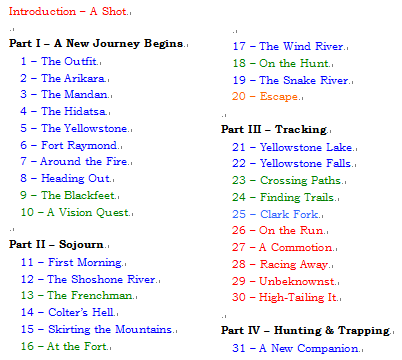
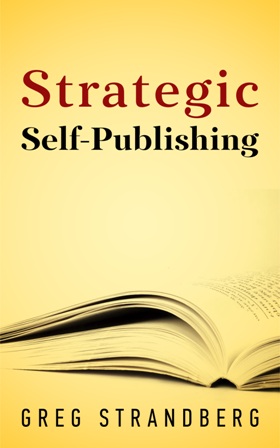

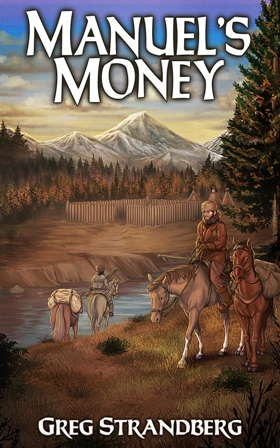
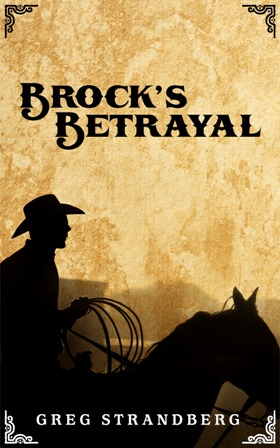
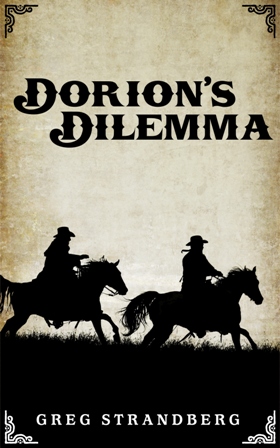
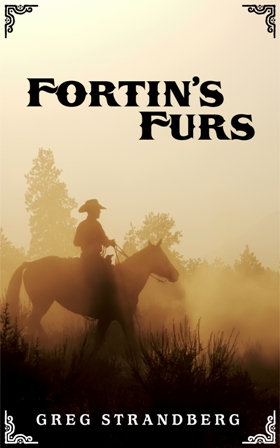
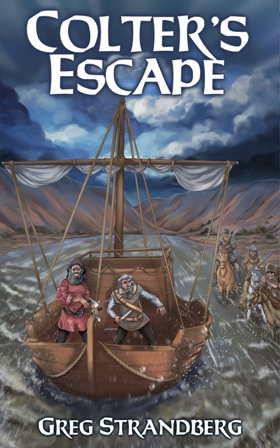
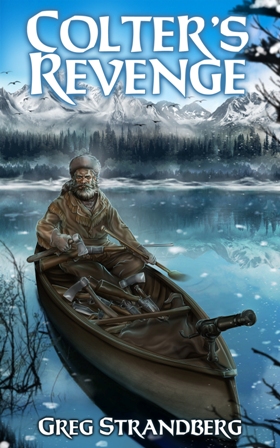
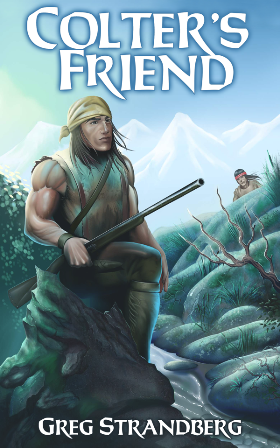
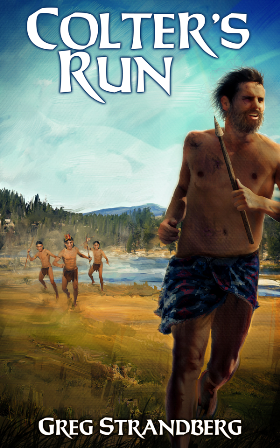
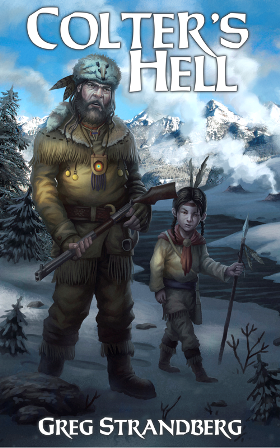
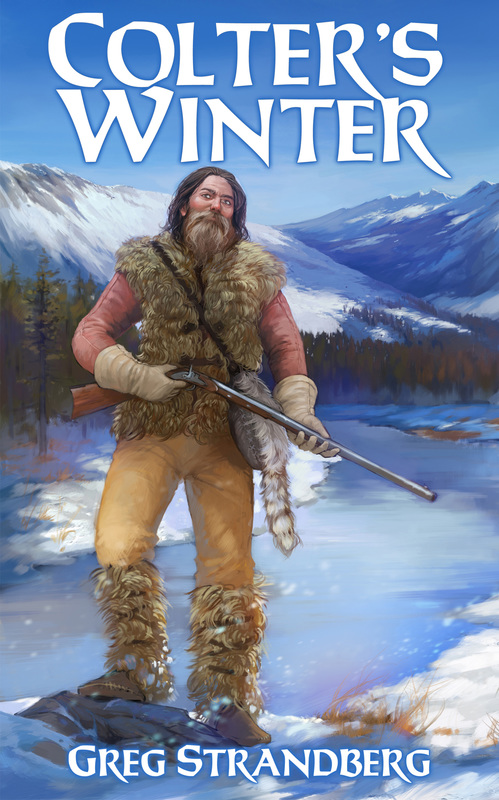
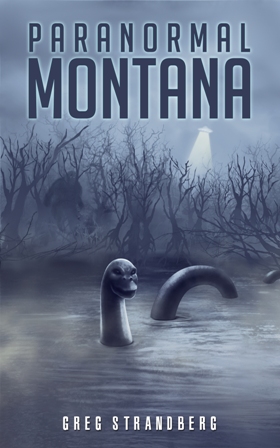
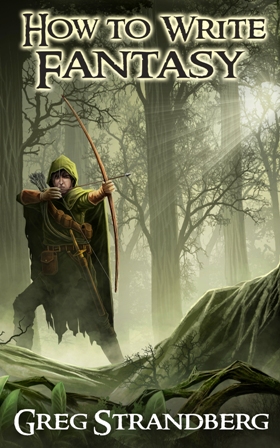

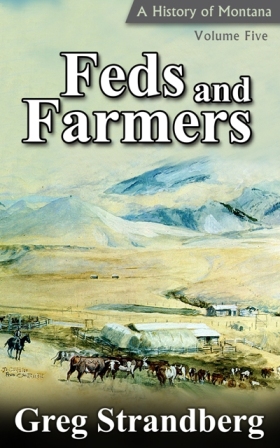
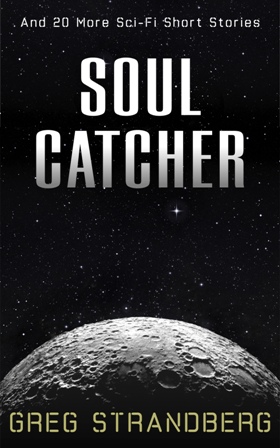
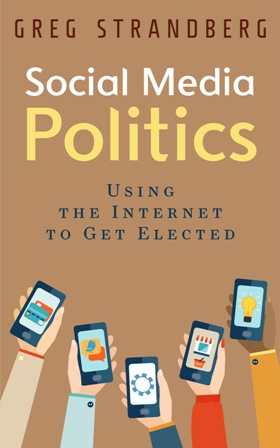

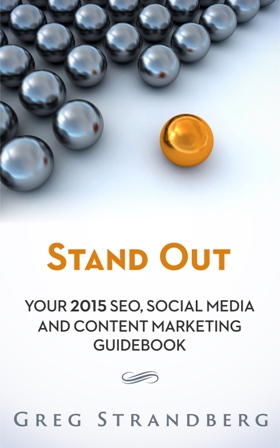
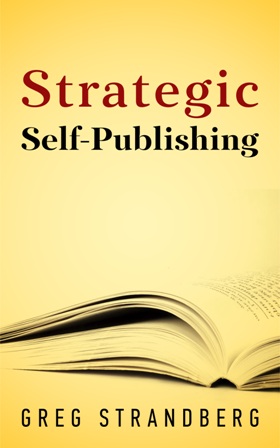
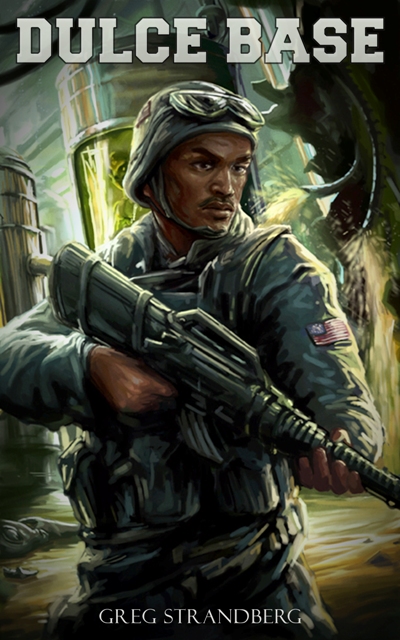
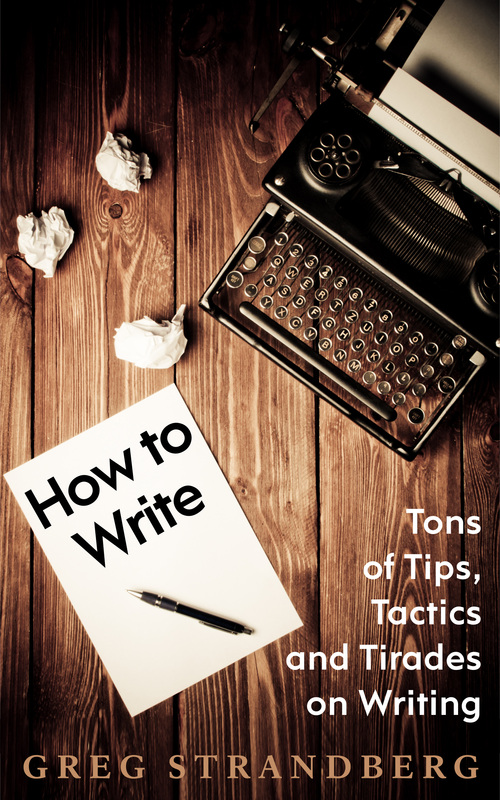
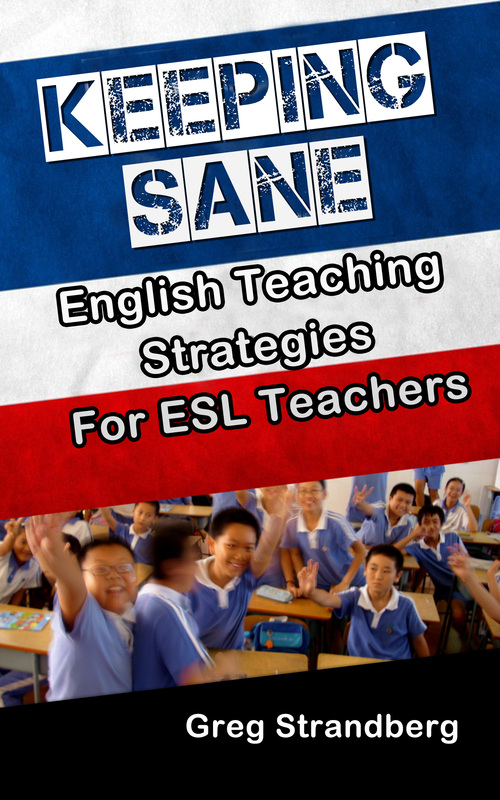
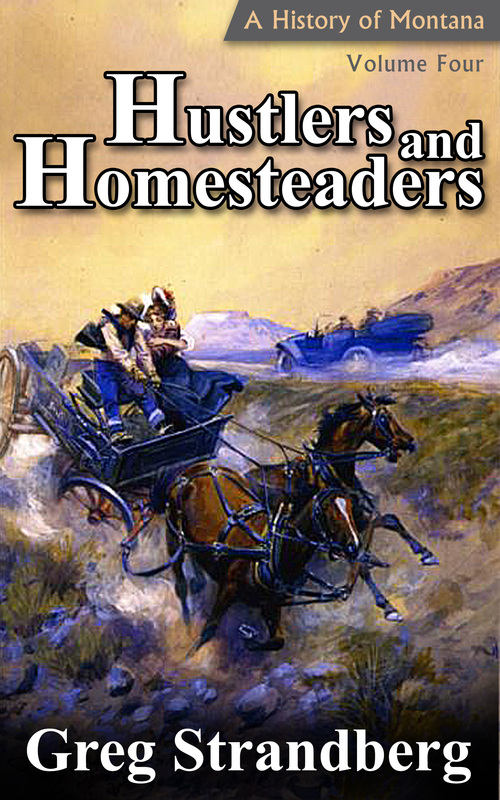
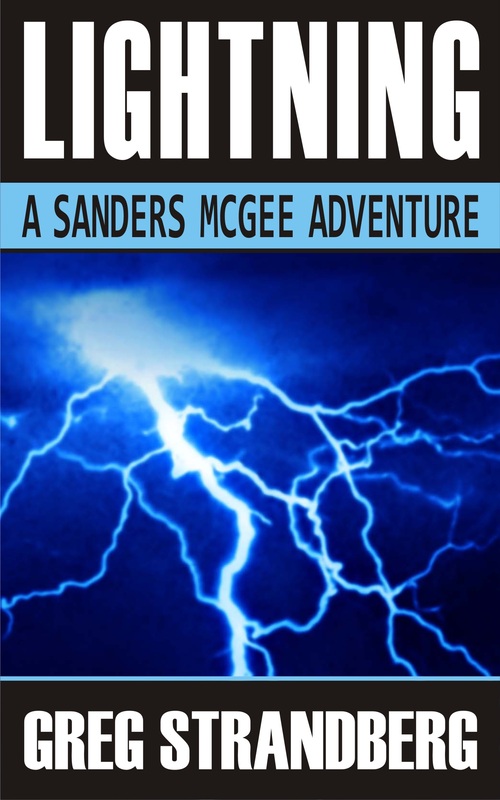
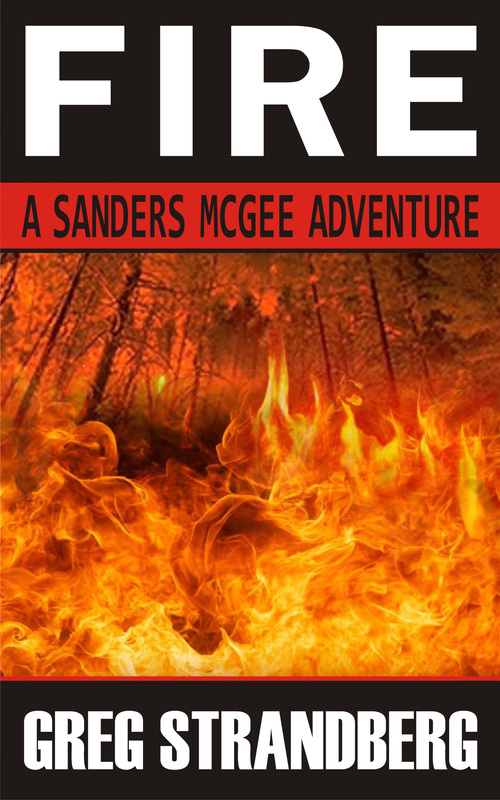
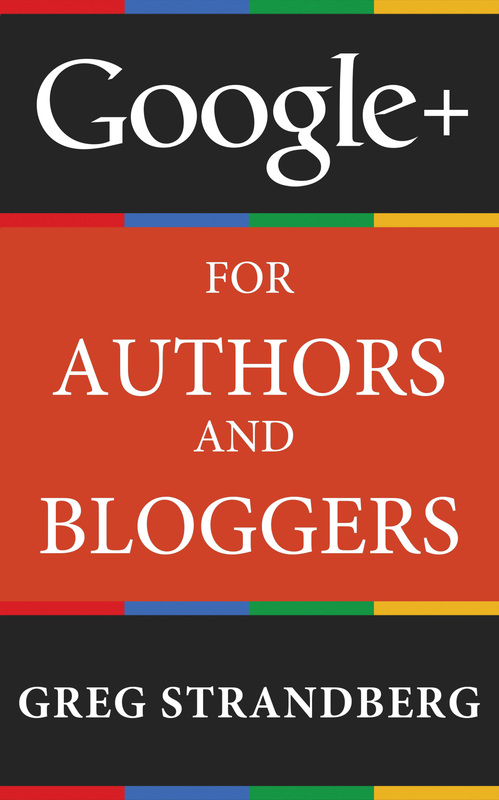
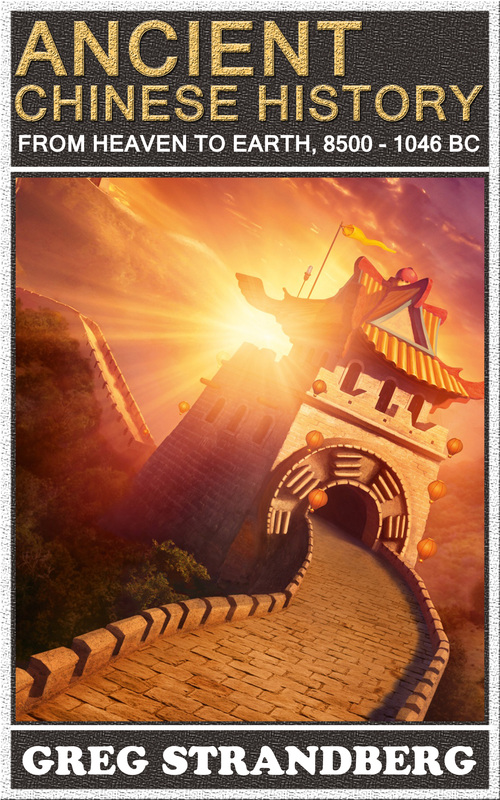



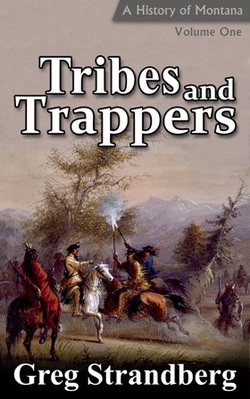
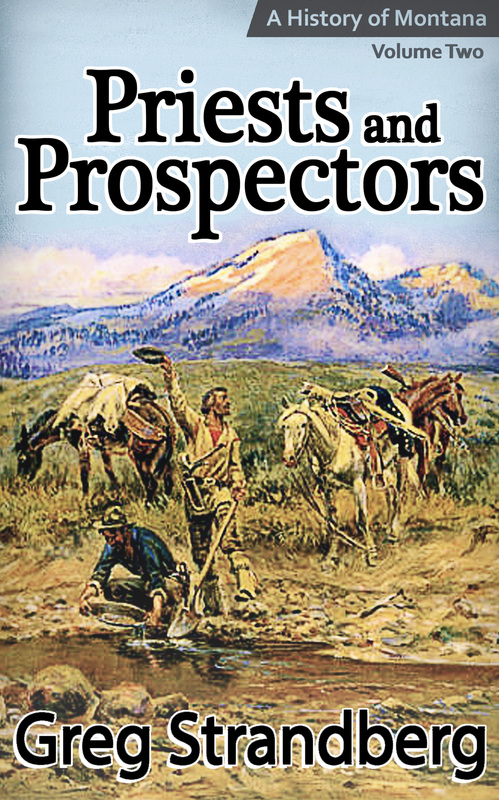
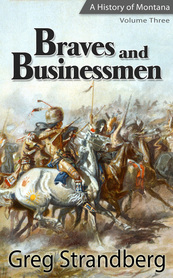
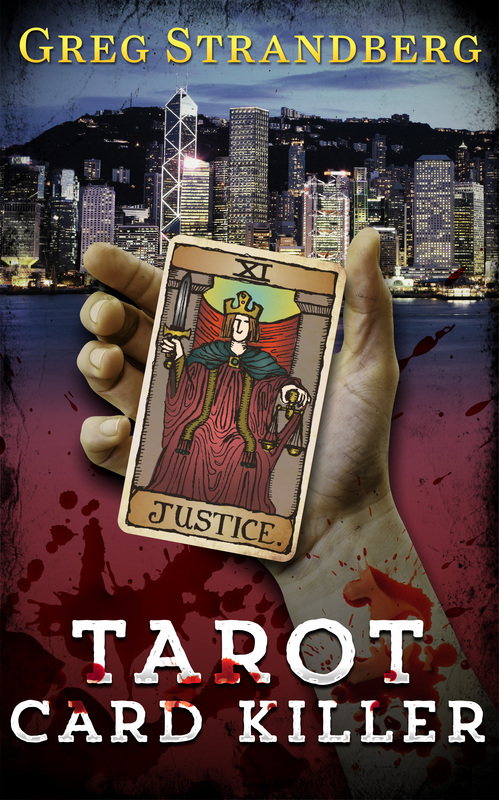
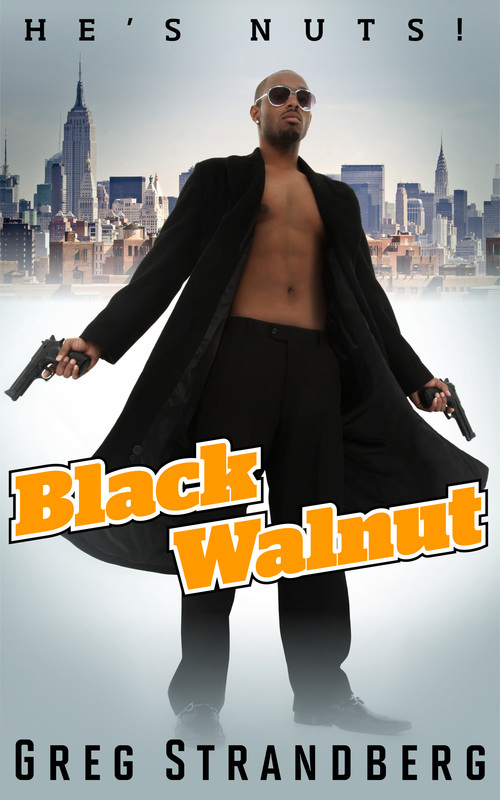
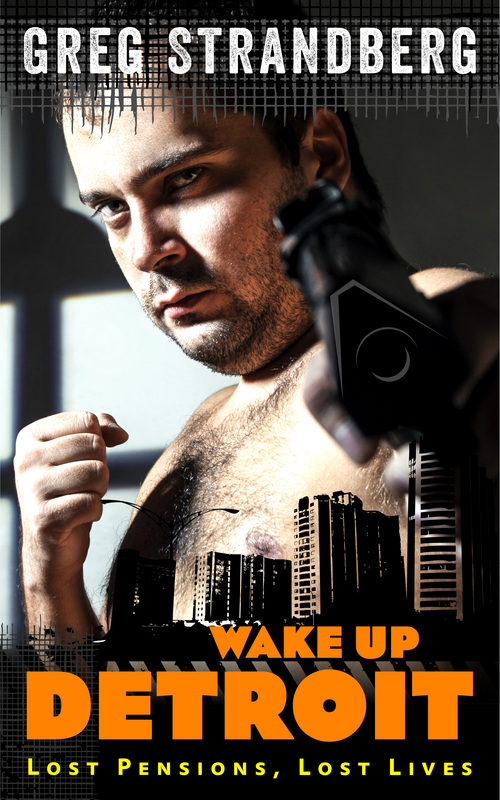
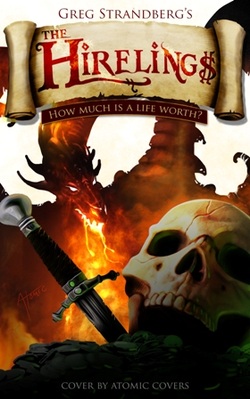
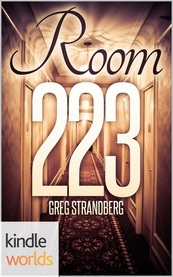
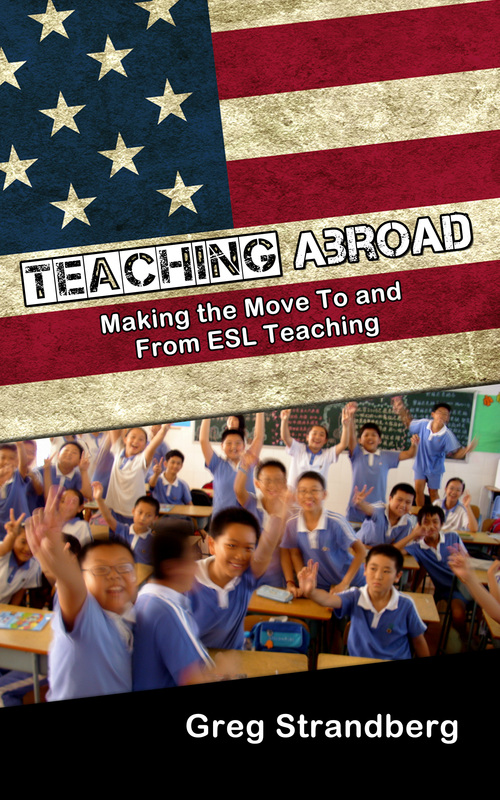
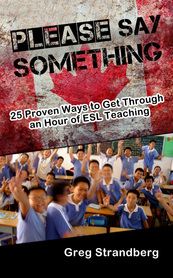

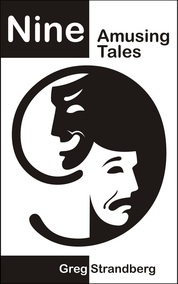
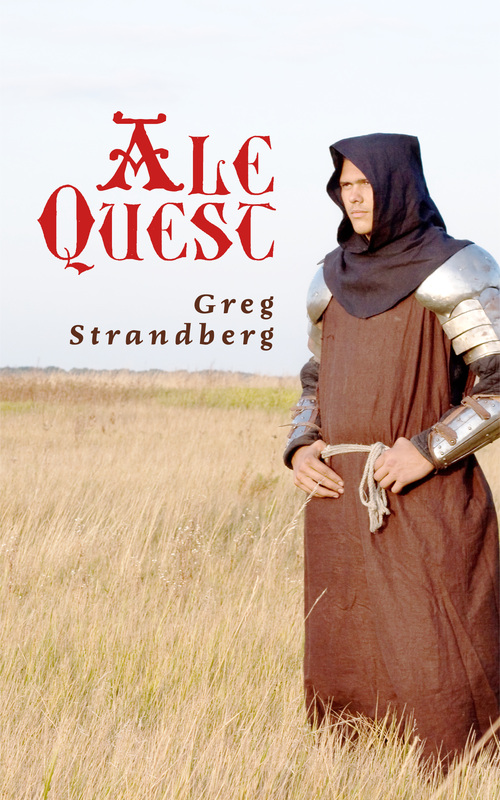
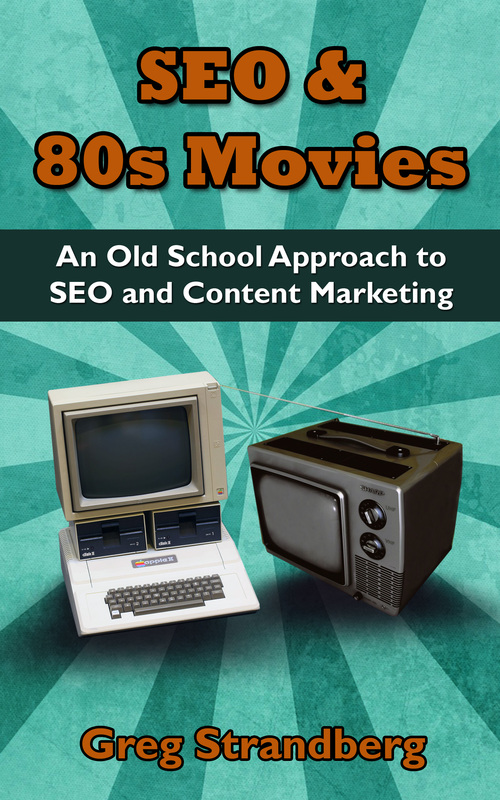
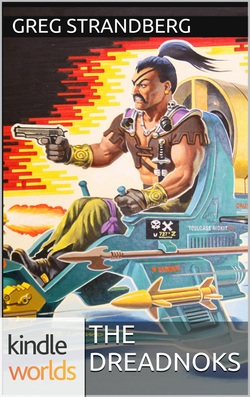
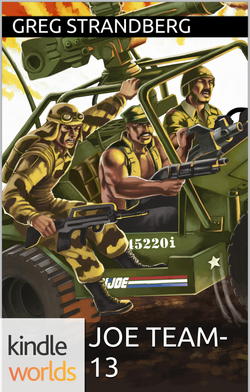
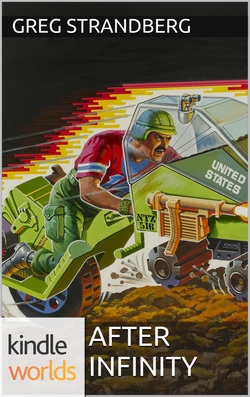
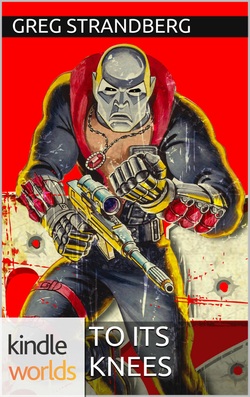
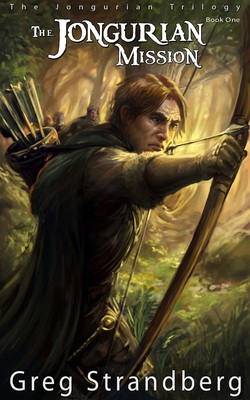
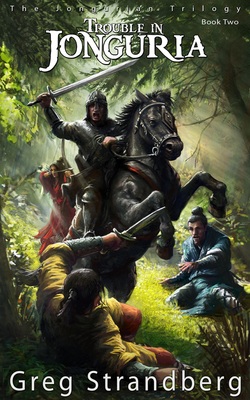
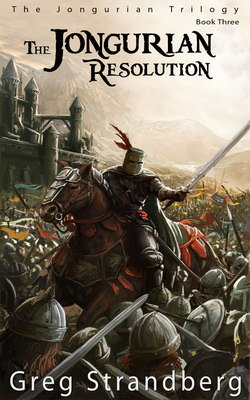
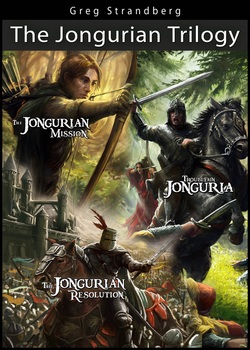
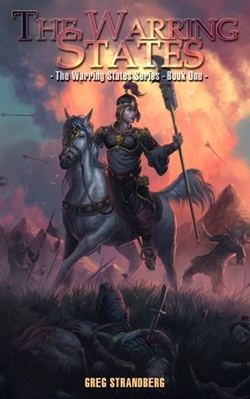
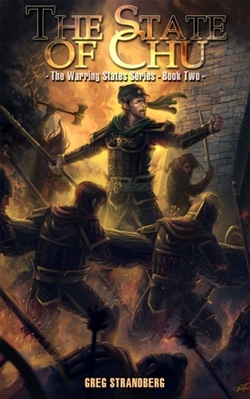
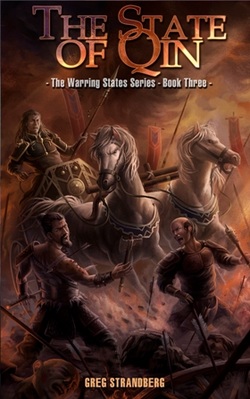
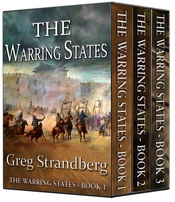
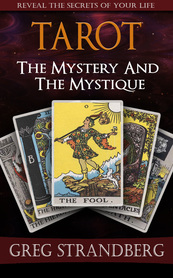
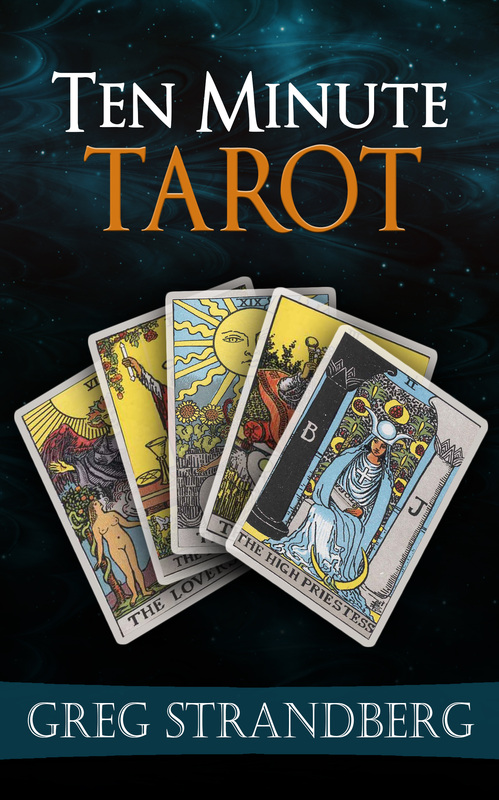
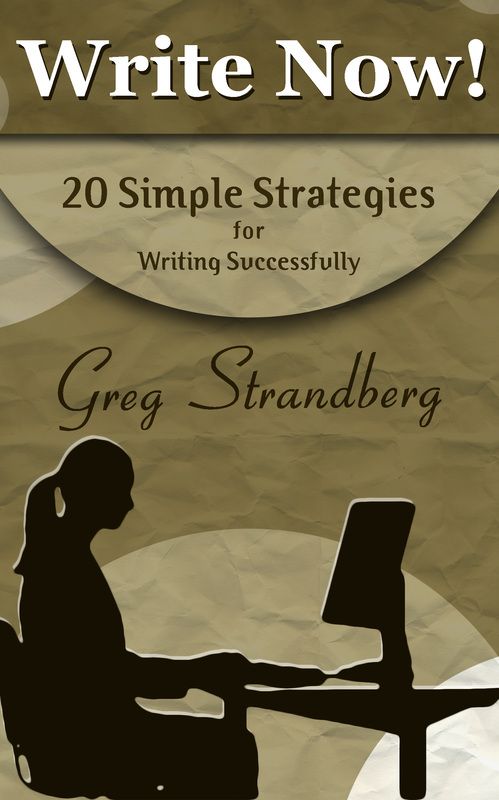
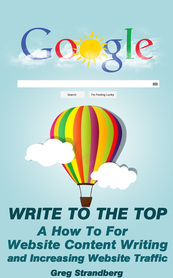


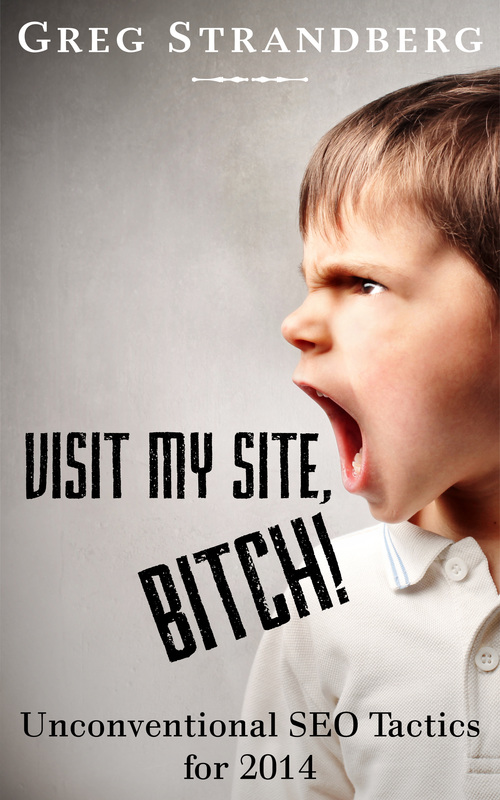
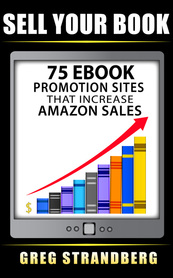
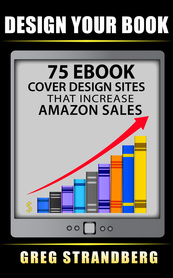
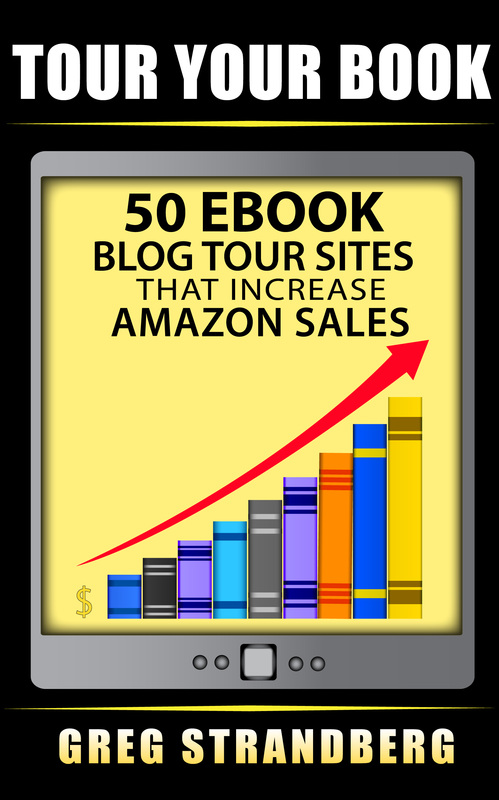
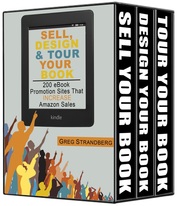
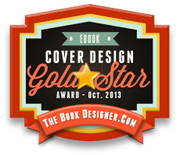


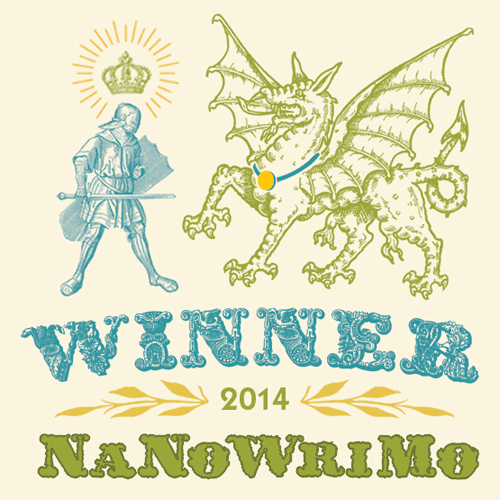
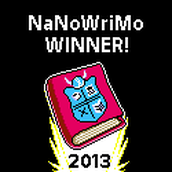
 RSS Feed
RSS Feed